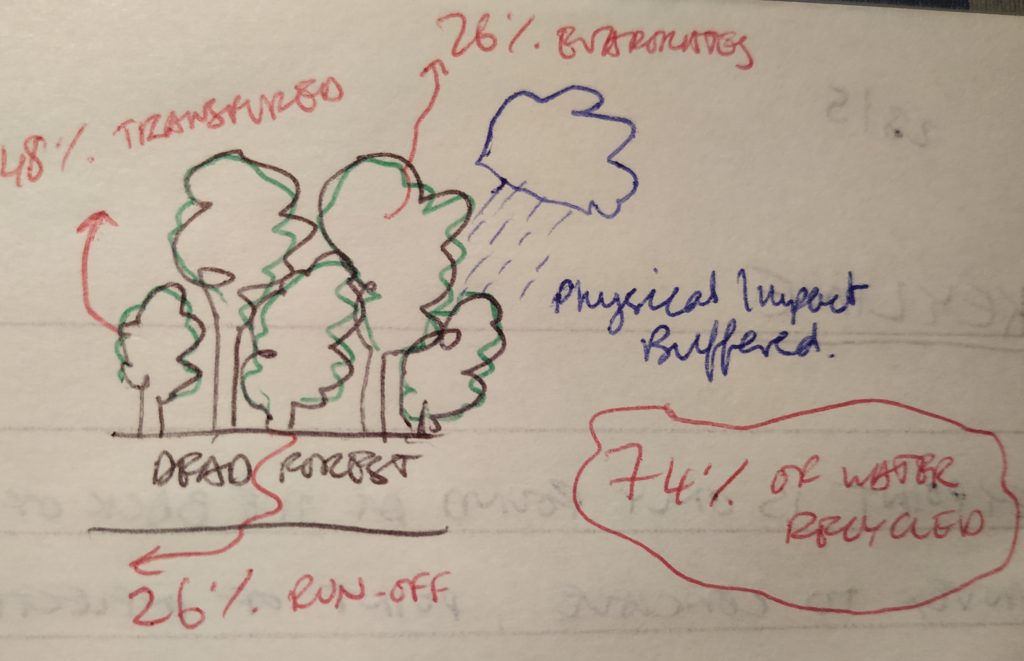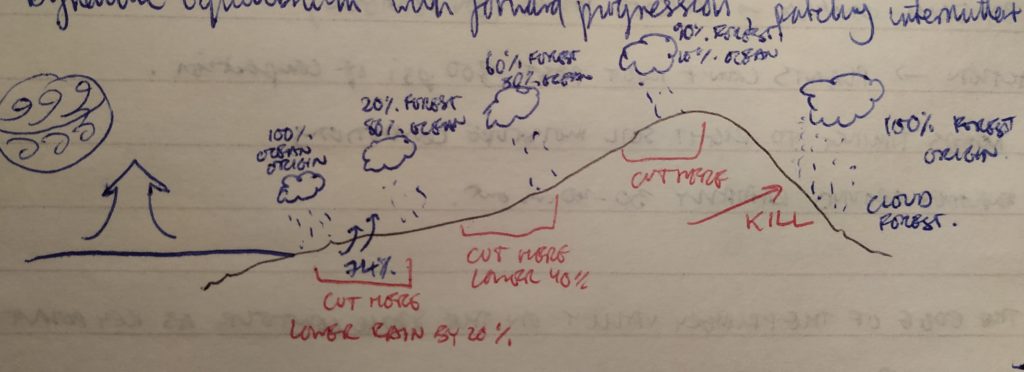With climate change and other complex problems getting more and more important to us humans a lot of ideas are created to finding solutions to these problems. There is a pattern to be observed with technical solutions failing to provide good, long lasting solutions. Often times we apply the same pattern of thought onto solving a complex problem to solving a complicated one. So what are these patterns and what are complex and complicated problems?
In our holistic management training we learned that there are so called „hard“ and „soft“ systems which behave very differently and need different approaches when thinking about them.
Hard systems are created by humans and behave in a foreseeable way they are complicated systems. Examples would be:
- Cars
- Computers
- Spaceships
- Pesticides
- Chicken incubators
- etc.
These systems are predictable in their function and the removal of one part out of the system will shut it down. They might not be predictable by everyone and can be very complicated but they are still predictable. The removal of the graphics card from a computer for example will not allow the computer to function anymore.
In contrast to that, soft systems are things we manage and they don’t behave in a foreseeable way. Examples of these would be:
- economy
- the human body
- the water cycle
- organizations
- agricultural systems
- the weather
- etc.
Soft systems are complex which makes them unpredictable in their behavior and removal of one part will make the system reorganize and adapt to the change. Put simply the removal of the central bank by a terrorist attack could cause people to lose trust in fiscal money and the system might adapt to everyone now using skills and crafts to exchange value. But there is no way to predict this behavior.
Most of us are familiar with complicated systems rather than complex ones and our pattern for solving problems is focused on finding solutions for the former.
During this internship we have been looking at soft, complex systems a lot to try and get more fluent when looking at problems that arise from them and get better managing them.

One of the patterns we looked at was the hydrological cycle at the edge of the ocean with a mountain ridge along it. Landscapes like this can be found in western south america for example. In a forest system about 26% of water that enters the system evaporates off of surfaces into the air. About 26% is run-off and about 48% is transpired by plants. This means plants take up water through their roots and it leaves the plant as vapor through its stomata which are tiny openings on the bottom of the leaf surface. So in total about 74% of water which enters a forest system is recycled into the air.

If we look at the above drawing we see a cross section of a mountain ridge falling into the ocean. Water evaporates out of the ocean and forms clouds which are made up of 100% rain water vapor. These clouds travel inland raining onto the vegetation (forest systems). A lot of that water is then recycled back into the air and mixed with the clouds from the ocean. So as the clouds travel inland the source of their water is increasingly recycled from the forest.
The percentages in the above drawings are not exact as it depends on many factors (Type of soil, forest type, slope, temperature, wind, etc.) but the pattern is important here. Near the top of the mountain almost all of the water in the clouds is water which has been evapo-transpired from the forest and on the leeward side of the mountains 100% of cloud water is from the forest on the windward side. On the leeward side of the mountain so called cloud forests form.
Cutting the forest on different parts of the land will have different effects. Cutting down forest near the ocean will lower the total rainfall landinward by a relatively low percentage. 20% in this example. But if we where to cut down the forest closest to the mountaintop we would kill the forest on the other side of the mountain since that side is 100% dependent of water being evapo-transpired on the other side.
This is just one simplified explanation of what could happen in this complex system. Cutting the forest near the top of the mountains will cause soil erosion because the roots holding soil in place are lost and it gets washed away down the slope. Together with the soil, nutrients will leave and rivers and streams will stop flowing because the land can’t hold the water from the rain anymore. On the other hand with roots in place and good soil structure the rain would get absorbed by the soil and slowly travel into streams and rivers over an extended period of time.
In this manner often times woodland is cut higher up in the land and springs and wells further down in the landscape run dry. If we lived on a property further down in the landscape and our well would suddenly run dry we would assume digging a deeper well would solve the problem because that is the way we could solve this problem in a complicated system.
I find it extremely interesting to re pattern my thinking to see whole complex systems and think of these systems assuming I can’t understand or control the whole. Observing, trying to understand these systems and finding solutions for problems that arise when interacting with them while considering that it is always more complex than I think is a fresh new way of learning for me.
